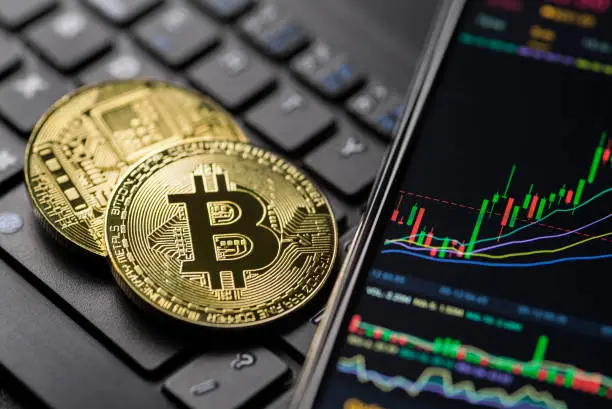
Table of Contents
Stablecoins are a crucial component of the cryptocurrency ecosystem, offering price stability by pegging their value to traditional assets such as fiat currencies or commodities. They provide a reliable medium of exchange and store of value, addressing the volatility issues associated with cryptocurrencies like Bitcoin and Ethereum. This article explores the types, uses, benefits, challenges, and future of stablecoins.
What Are Stablecoins?
Stablecoins are cryptocurrencies meant to have a stable value. Unlike volatile currencies, they are anchored to outside assets, having minimal price fluctuations. Stablecoins act as a gateway between conventional finance and the crypto space, facilitating smooth transactions and minimizing risks.
Types of Stablecoins:
There are a number of different types of stablecoins, grouped according to their collateral:
- Fiat-Collateralized Stablecoins:
- Supported 1:1 by fiat currency reserves (e.g., USD, EUR).
- Examples: Tether (USDT), USD Coin (USDC), Binance USD (BUSD).
- Highly liquid but trust in centralized issuers required.
- Crypto-Collateralized Stablecoins:
- Supported by cryptocurrency reserves held under smart contracts.
- Examples: Dai (DAI), sUSD.
- More decentralized but exposed to crypto market volatility. Also Virtual assistant is becoming most popular job in today’s world. Because its also very popular way to make money online.

Algorithmic Stablecoins:
- Sustain stability through algorithms and smart contracts.
- Examples: TerraUSD (formerly UST), Frax (FRAX).
- Riskier because they rely on supply-demand mechanisms.
Commodity-Collateralized Stablecoins:
- Fixed to commodities such as gold, oil, or real estate.
- Examples: Paxos Gold (PAXG), Digix Gold (DGX).
- Beneficial for inflation hedging. Also selling photographs is becoming most popular job in today’s world. Because its also very popular way to make money online.

Applications of Stablecoins:
Stablecoins have numerous applications across different financial use cases:
- Remittances & Payments: Seamless, low-value cross-border transfers.
- Trading & Liquidity: Bring stability in unstable crypto markets.
- Decentralized Finance (DeFi): Employed for lending, staking, and yield farming.
- Hedging Against Volatility: Investors consider stablecoins as a safe bet.
- Smart Contracts & Settlements: Facilitate automated financial contracts.
Advantages of Stablecoins:
- Several benefits are imparted by stablecoins:
- Price Stability: Limits exposure to volatility in crypto assets.
- Fast Transactions: Quicker and less expensive than traditional banking.
- Global Accessibility: Accessible to anyone with an internet connection.
- Decentralization (for some types): Crypto-collateralized stablecoins minimize dependence on centralized institutions. Also, you can earn money with the data entery because its also one of the best online work in industry.

Challenges and Risks:
- Though advantageous, stablecoins have challenges:
- Regulatory Uncertainty: Governments are monitoring stablecoins because of the perceived financial risks.
- Centralization Risks: Fiat-backed stablecoins depend on centralized institutions.
- Collateral Volatility: Crypto-backed stablecoins can lose stability.
- Algorithmic Failures: Untested mechanisms can cause depegging.
The Future of Stablecoins:
- Stablecoins have a key position in the financial future:
- Regulatory Clarity: Governments shall implement clearer guidelines.
- Central Bank Digital Currencies (CBDCs): They might compete or complement stablecoins.
- Integration within Traditional Finance: Banks and payments providers’ adoption.
- Better Decentralization: More transparent, trustless models of stablecoins.
Conclusion
Stablecoins have transformed digital finance by bridging the strengths of cryptocurrencies and the stability of traditional assets. With increasing adoption and changing regulations, they will continue to influence the future of global payments and decentralized finance.